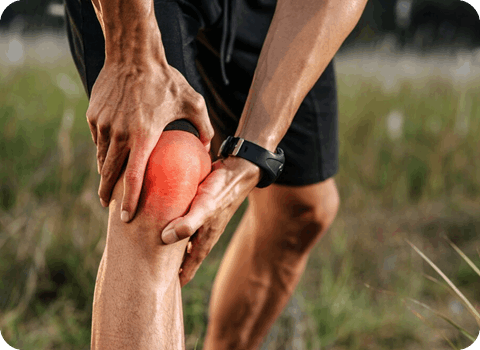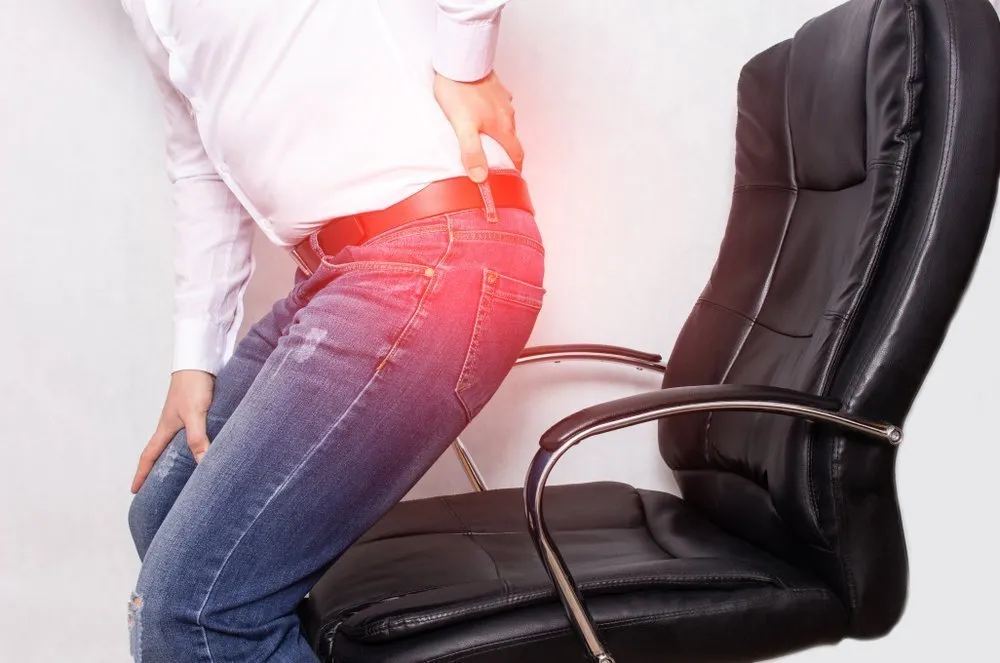Foot pain might seem like a localized issue, but the reality is that it can set off a chain reaction of discomfort throughout your body. Many people are surprised to learn that their nagging back pain or aching knees may actually stem from problems in their feet. This connection arises because your feet serve as the foundation of your body’s alignment and movement. When that foundation is off balance, everything above it can be affected.
So, can foot pain cause back or knee pain? Absolutely. In this in-depth guide, we’ll explore how and why foot issues can lead to knee and back discomfort, the science behind these relationships, and the most effective ways to prevent and treat them.
Why the Feet Matter: The Foundation of Movement
Your feet are marvels of engineering, consisting of 26 bones, 33 joints, and over 100 muscles, ligaments, and tendons. They play a pivotal role in supporting your weight, absorbing shock, and keeping your body aligned. Each step you take engages these structures, transmitting forces from the ground up through your ankles, knees, hips, and spine.
When your feet are healthy and functioning correctly, they distribute forces evenly, allowing your entire body to stay balanced. However, when something goes wrong—whether it’s a structural issue like flat feet or a condition like plantar fasciitis—your body must compensate. These compensations can throw off your posture and gait, resulting in strain on your knees and lower back.
How Foot Pain Can Lead to Knee Pain
The knees are one of the most commonly affected joints when there’s a problem with your feet. Why? Because they’re part of the kinetic chain, a biomechanical concept that describes how body segments work together during movement. When foot alignment is off, the stress gets passed up to the knees, causing misalignment and discomfort.
.
For instance, individuals with flat feet or overpronation (where the feet roll inward excessively) often experience inward rotation of the knees, a condition known as “knock knees” (genu valgum). This altered alignment places uneven pressure on the knee joint, wearing down cartilage and increasing the risk of conditions like osteoarthritis and patellofemoral pain syndrome (runner’s knee).
Similarly, those with high arches (pes cavus) lack proper shock absorption, causing impact forces to travel more directly to the knees. This can result in joint inflammation, tendon strain, and chronic knee pain.
How Foot Pain Affects Your Lower Back
Foot pain doesn’t just impact the knees—it can also be a hidden culprit behind lower back pain. When your feet aren’t properly supporting your body, your spine may twist or tilt unnaturally in an attempt to maintain balance. Over time, these adjustments create muscle imbalances, joint strain, and poor posture, all of which can lead to chronic lower back discomfort.
One common scenario involves overpronation, where the inward roll of the foot causes the pelvis to tilt forward. This anterior pelvic tilt increases the curvature of the lower back (lumbar lordosis), placing extra strain on the spinal discs and muscles. In contrast, individuals with high arches may experience a rigid walking pattern, transmitting shocks that lead to compression of the lower back over time.
If left unaddressed, these issues can escalate into more serious problems, such as sciatica, herniated discs, and persistent muscular tightness.
Common Foot Conditions That Trigger a Chain Reaction
Several foot issues are notorious for triggering knee and back pain. Let’s take a closer look at the most common culprits:
-
Plantar Fasciitis: Inflammation of the plantar fascia, which causes sharp heel pain and often leads to altered gait patterns.
-
Flat Feet: Lack of a natural arch causes inward rolling of the ankles and knees.
-
High Arches: Excessive arching reduces shock absorption, sending impact forces up the legs.
-
Overpronation: Excessive inward rolling of the foot that misaligns the kinetic chain.
-
Morton’s Neuroma: Nerve pain in the ball of the foot that alters walking posture.
Each of these conditions not only causes localized foot pain but can also distort your posture, leading to secondary issues in the knees and lower back.
The Role of Footwear in Preventing Pain
Your choice of footwear can either support or sabotage your body’s alignment. Poorly fitting or unsupportive shoes—like flip-flops, high heels, or worn-out sneakers—can exacerbate foot conditions and worsen their impact on your knees and back.
Wearing proper shoes with good arch support, cushioning, and stability is essential for preventing misalignment. Custom orthotics, designed specifically for your foot shape and biomechanical needs, can further correct gait abnormalities and distribute pressure evenly.
Diagnosing the Root Cause: The Importance of Professional Evaluation
Because knee and back pain can have multiple causes, it’s crucial to get a comprehensive evaluation to determine whether your feet are contributing to the problem. A podiatrist will perform a physical exam, assess your gait, and may use imaging studies like X-rays to pinpoint structural issues.
Advanced diagnostic tools like gait analysis can reveal subtle abnormalities in how you walk, helping your doctor design a personalized treatment plan. Early diagnosis and intervention are key to preventing long-term complications.
Treatment Options for Foot-Related Knee and Back Pain
.
Once a foot-related cause is identified, several treatment options are available to relieve both foot pain and its secondary effects:
-
Custom Orthotics: These devices correct abnormal foot mechanics, improving alignment and reducing stress on knees and back.
-
Physical Therapy: Targeted exercises strengthen foot, leg, and core muscles to restore balance and proper movement.
-
Manual Therapy: Techniques like massage and mobilization alleviate muscle tension and improve joint mobility.
-
Pain Management: Anti-inflammatory medications and ice therapy can relieve acute symptoms.
-
Surgical Intervention: In severe cases, surgery may be necessary to correct structural deformities.
At Garden State Foot & Ankle Group, we specialize in comprehensive care that addresses both foot conditions and their broader impact on your body’s health.
Preventing the Chain Reaction: Tips for Long-Term Relief
Prevention is always better than cure. Here are some proactive steps you can take to protect your feet—and, by extension, your knees and back:
-
Invest in Proper Footwear: Choose shoes that match your activity and foot type.
-
Stay Active: Regular exercise strengthens muscles and maintains healthy alignment.
-
Maintain a Healthy Weight: Extra weight increases pressure on your feet and joints.
-
Stretch and Strengthen: Incorporate stretching and strength exercises for feet, legs, and back.
-
Listen to Your Body: Address foot pain early before it triggers a chain reaction.
Conclusion: Start from the Ground Up
In answering the question—Can foot pain cause back or knee pain?—the evidence is clear: yes, it can. Your feet are the base of your body’s structural alignment, and when something goes wrong at the base, the ripple effects can be felt all the way up.
If you’re experiencing persistent knee or back pain, don’t overlook the possibility that your feet might be the root cause. At Garden State Foot & Ankle Group, we provide expert diagnostics and tailored treatment plans that address the full spectrum of foot-related issues and their impact on your overall well-being.
Contact Garden State Foot & Ankle Group
Take the first step toward a pain-free life. Contact us today for a thorough evaluation and personalized care plan.
Toms River Office
📍 664 Commons Way Building 1
Toms River, NJ 08755
📞 Phone: (732) 557-9900
📧 Email: gsfagroup@gmail.com
Belleville Office
📍 1 Clara Maas Drive
Belleville, NJ 07109
📞 Phone: (973) 450-3035
🌐 Website: gsfagroup.com


0 Comments